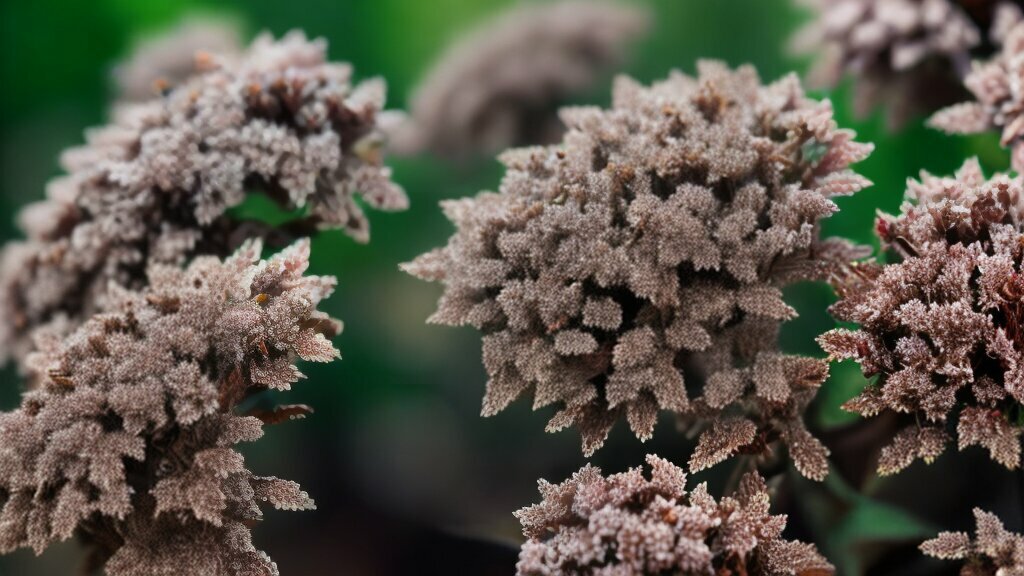If you’re an avid gardener, you’ve probably heard of Preen – a pre-emergent herbicide that prevents weeds from growing in your garden. However, you may be wondering if you can apply too much Preen and what the consequences of overuse may be.
While Preen is an effective weed control solution, using too much of it can have harmful effects on your plants and the overall health of your garden. In this section, we will explore the potential consequences of applying too much Preen and provide guidelines on how to avoid overuse and maximize the benefits of using Preen.
Key Takeaways:
- Overuse of Preen can have harmful effects on your plants and the environment
- Follow proper application guidelines to avoid overuse and ensure optimal results
- Maximize the benefits of using Preen by using it judiciously and incorporating complementary practices
Understanding Preen Application Guidelines
When it comes to Preen, one of the biggest mistakes you can make is not following the proper application guidelines. Applying too little Preen won’t provide enough weed control, while applying too much can do more harm than good.
Start by choosing the right type of Preen for your needs. There are different formulations available based on your garden’s needs, such as for flower beds or vegetable gardens. Read the product label carefully before applying to ensure it’s suitable for your intended use.
Next, follow the recommended application rate on the label. This will depend on the type of Preen you’re using and the size of your garden. Avoid overuse, as applying too much Preen can damage your plants and the soil.
It’s also important to apply Preen at the right time. Ideally, apply it in early spring before weeds have a chance to grow. Reapply after eight to 12 weeks to maintain weed control. Avoid applying Preen in the middle of summer or during a drought, as it may not be as effective.
When applying Preen, take care not to let it come into contact with your plants. Pour it carefully around the base of your plants or use a hand-held spreader to apply it evenly, avoiding contact with stems or leaves.

By following these guidelines, you can ensure optimal weed control and avoid the harmful effects of overuse. If you’re unsure about how to apply Preen or which type to use, consult with a gardening expert or your local nursery.
Overuse of Preen: Consequences and Potential Harmful Effects
If you apply too much Preen in your garden, you may experience some unpleasant consequences. Excessive use of Preen can harm your plants and the environment around them. In fact, overuse of Preen can be likened to an overdose of medicine in the body. Just as too much medicine can have harmful effects on the body, too much Preen can do the same to your garden.
One of the most significant risks associated with overuse of Preen is the damage it can cause to your soil health. Preen works by inhibiting the growth of new weeds. However, it can also prevent other plants from growing, including the beneficial ones that help maintain soil health. The result can leave the soil vulnerable to erosion, pests, and diseases.
Another harmful effect of applying too much Preen is the impact it can have on the ecosystem around your garden. Preen is designed to kill weeds, but it can also harm other insects and animals that are beneficial to your garden. For example, bees and butterflies can be affected by the chemicals in Preen, and their populations may suffer.

So, how do you prevent overuse of Preen and its potential harmful effects? First, make sure you read and follow the application guidelines carefully. Apply Preen only when necessary, and avoid using it as a preventive measure when the weeds have not yet emerged. Additionally, do not apply Preen during periods of rain, as the chemicals can run off into nearby water sources and cause harm to aquatic life.
By following these guidelines and avoiding overuse of Preen, you can maintain a healthy garden that is free of weeds and other harmful chemicals.
Enhancing Preen Effectiveness and Maximizing Benefits
If you want to get the most out of Preen, there are some best practices you can follow. By using Preen correctly and in conjunction with other strategies, you can achieve optimal weed control and maintain a healthy garden.
Use Preen at the Right Time
The timing of Preen application is crucial. Apply Preen after the weeds have germinated and before they can establish roots. This typically means using Preen in the spring and fall, when weed growth is most active. Avoid using Preen in the summer, as this is a time when desirable plants are also thriving and may be impacted by the herbicide.
Apply Preen Properly
When applying Preen, it is important to follow the manufacturer’s instructions. Avoid over-applying, as this can harm plants and reduce the effectiveness of the product. Generally, you should apply one pound of Preen per 100 square feet of garden bed. Be sure to spread the product evenly and use a rake or hoe to mix it into the soil surface.
Complement Preen with Other Strategies
Preen is most effective when used in conjunction with other weed control strategies. One of the most effective complementary strategies is manual weeding. By pulling weeds by hand, you can remove them before they can take root and reduce the amount of herbicide needed. Mulching can also be a helpful strategy, as it can help suppress weed growth and improve soil health.

Monitor Your Garden Regularly
Regular monitoring is essential to maintaining a healthy garden. Keep an eye out for new weed growth and reapply Preen or take other measures as needed. By staying vigilant and proactive, you can prevent weeds from taking over your garden and minimize the need for herbicides.
By following these best practices, you can enhance the effectiveness of Preen and maximize its benefits. Ultimately, this can help you achieve a beautiful, weed-free landscape while preserving the health of your plants and the environment.
Conclusion
Congratulations! You’ve learned about the importance of avoiding overuse when it comes to applying Preen in your garden. Remember, excessive use of Preen can have harmful effects on your plants and the environment.
By understanding the proper application guidelines and best practices, you can maximize the benefits of using Preen for weed control. Additionally, by following complementary practices, you can enhance its effectiveness even further.
Keep Your Garden Healthy and Weed-free
To maintain a healthy garden, make sure to use Preen judiciously and follow recommended application practices. By doing so, you can enjoy a beautiful landscape that’s free of weeds without harming your plants or the environment.







